Defining the relationship
Relationships between people are the sum of inputs in the form of actions from both parties.
We take all these inputs and we judge them.
Are your actions consistent? Have you surprised me? Have you disappointed me? Etc.
In all contexts we can classify the actions that define a relationship into three general buckets along a spectrum. We can achieve this by asking whether an action is maintaining, bolstering or undermining the trust we've built in our relationship.
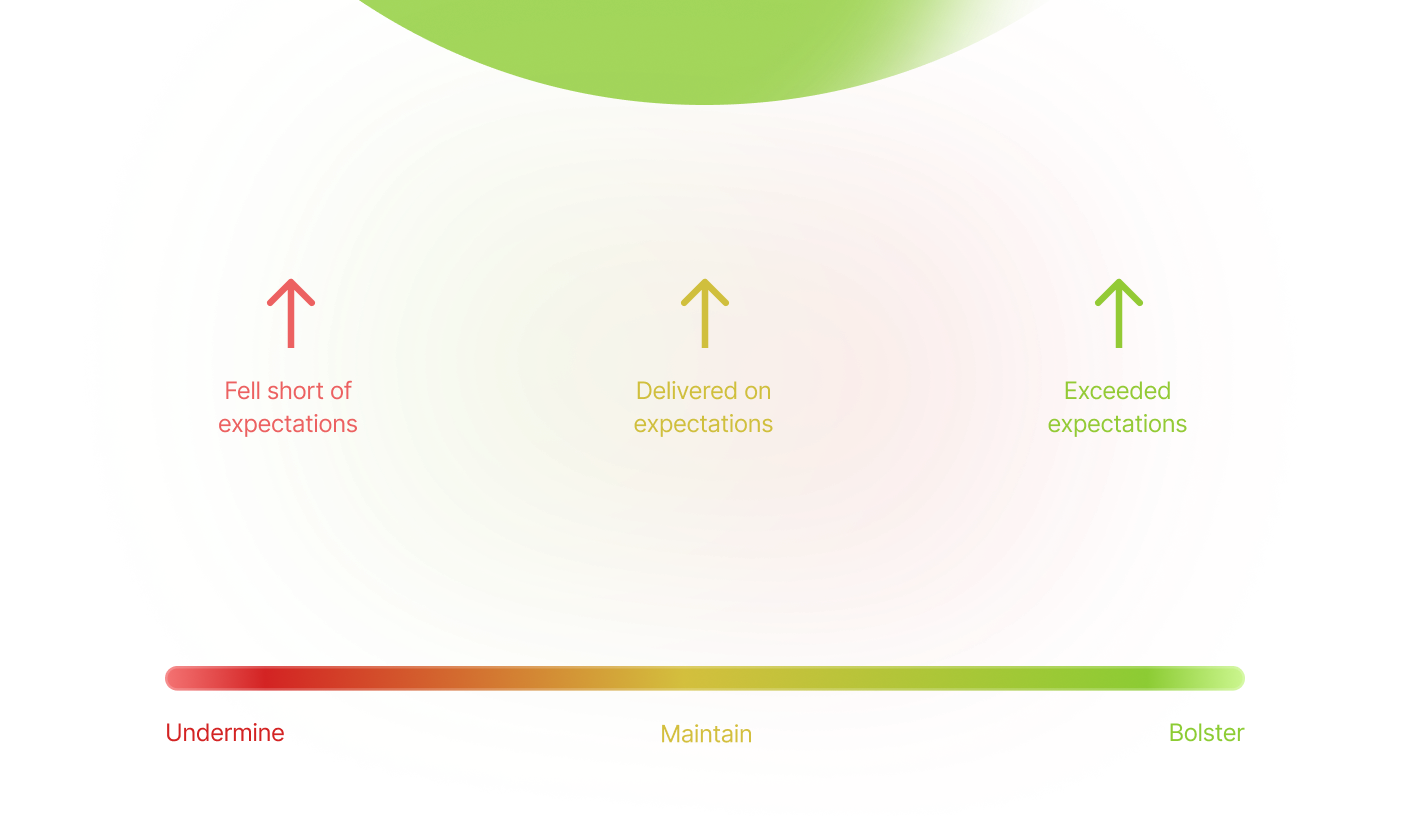
This means that for every individual that interfaces with our brand, business, and product, every action we take will be measured through this lens.

Every customer communication, every screen in our product ecosystem, how we take accountability as an organization, etc. will contribute to the relationship whether we acknowledge it or not.
But not all actions are weighted the same.
It's important to note that actions that affect relationships negatively are heavier than other actions. Undermining the trust built in a relationship at best should be avoided, at worst should be taken seriously. Accountability as well as steps to repair the relationship should be made clear to users as soon as possible.

It took many bricks to build Rome. It takes one contagion to destroy it, and in a fraction of the time.
"A recent Deloitte analysis found examples of three large global companies, each with a market cap of more than $10 billion, that lost 20% to 56% of their value—a total $70 billion loss—when they lost their stakeholders' trust."
Simulating business-customer relationships over a lifetime
Just like interpersonal relationships, relationships between organizations and consumers are more or less the culmination of all interactions between parties over the course of a lifetime.
Also similar to interpersonal relationships, relationships between a customer and a business are not solely based on direct interactions. It's also true that consumer relationships are even more mimetically driven than interpersonal relationships. Non-users perception of you is just as important as your target audience.
In practical, albeit morbid, terms, it's helpful to imagine the customer journey from the moment they hear about you until they die or you go out of business.
Trying to capture this accurately for many customer journeys is out of the scope of this project but I'll try to pull out moments that help communicate the impact of this framing.
Here are some trust building examples.
The bar for great customer experience is raising. It’s hard to exceed expectations. We have to be conscious of both market expectations amongst our target audience and the expectations we set.
We set expectations through explicit and implicit promises made to the user. This is why we should be mindful of the expectations we set through lower lift trust building like social media content.
The market sets expectations by becoming more and more competitive. It’s a trust building act to be privacy first, allow users to own their data and/or not leverage affiliates, today.
As more companies adopt The New Product Playbook, exceeding customer expectations will become harder and harder to achieve. Swimming against the currents of “what have you done for me lately?” and a more user centric competitive landscape, a damn good product will be working to maintain trust in most cases.

A lot of effort as a business leveraging The New Product Playbook should go towards protecting your integrity, honoring your commitments and doing the little things right.
Consider how both organization action and in-action might affect your relationship with your users negatively.

There are many one-off scenarios that result in a recoverable degradation of trust. Other times failure results in an “I’m never using this product again” scenario.
Avoid these scenarios at all cost.
Other than one-off, weighty relationship degradations consider how the more common scenario–a string of compounding degradations in trust–might push a user towards “I’m never using this product again.”

Your job in protecting the relationship with your users is to act in their best interest as much as possible. When you mess this up, which you inevitably will, the highest leverage thing you can do is take swift accountability and communicate a path to earning back their trust.
Consider the same example approached with some humility, I mean humanity, I mean humility..

Consider how much stronger customer-business relationships would be if we anticipated these needs before user pain forced our hand.
Consider how difficult it would be to prioritize a status page if it were tied strictly to “business impact” or traditional KPIs.
Now consider how easy it might be to prioritize a status page or other user-centric initiatives if it were tied to it’s impact on the customer relationship. Through a series of low-fidelity simulations it’s obvious not only, why this important, but how the relationship we maintain is the only true indication of success.
Notes
- Relationships as the sum of inputs/actions from both parties
- Actions as maintaining, bolstering, or undermining trust
- The asymmetry of trust building vs. destruction
- "It takes many bricks to build Rome, one contagion to destroy it"
- Deloitte research on trust impact (50% value loss examples)